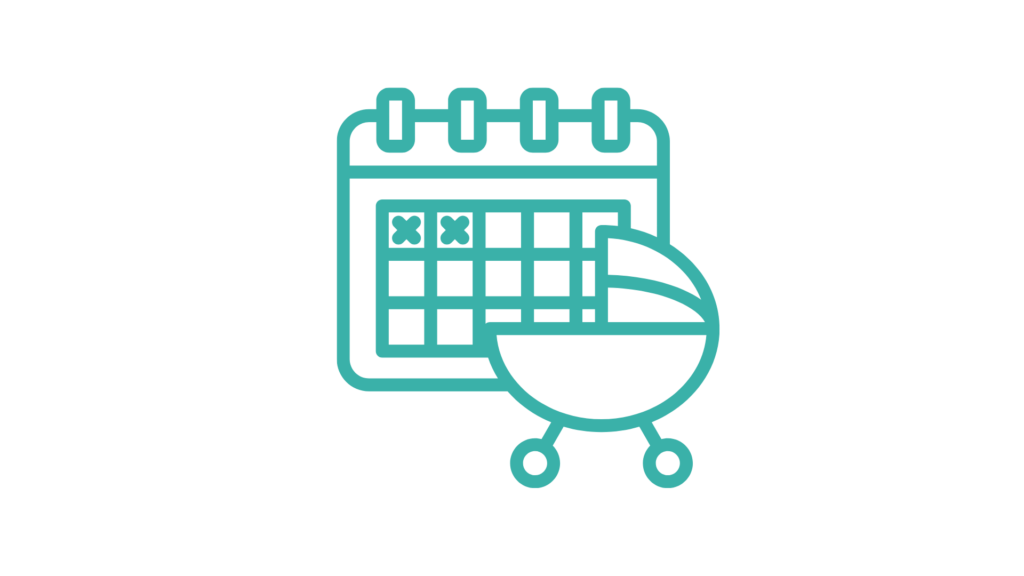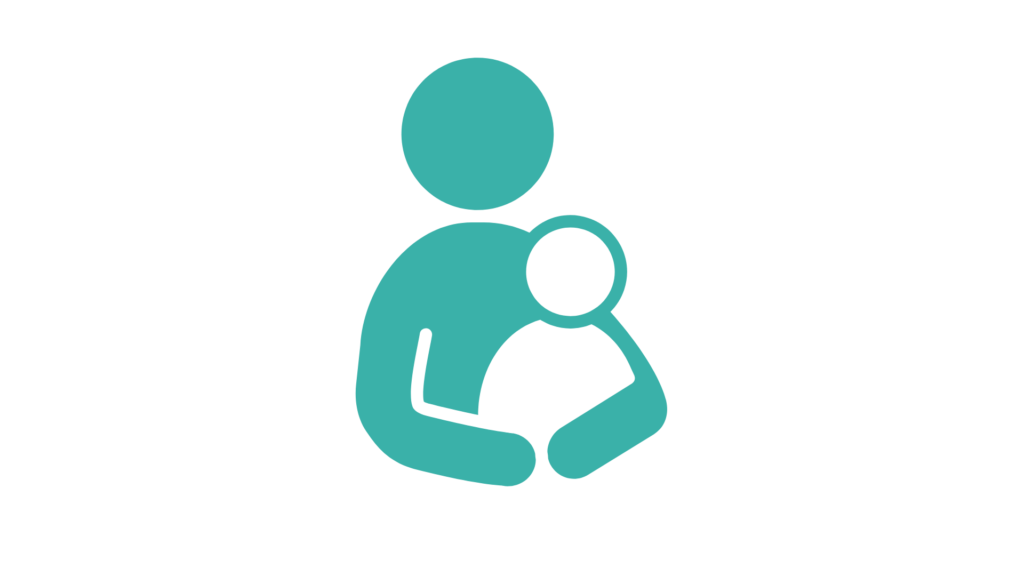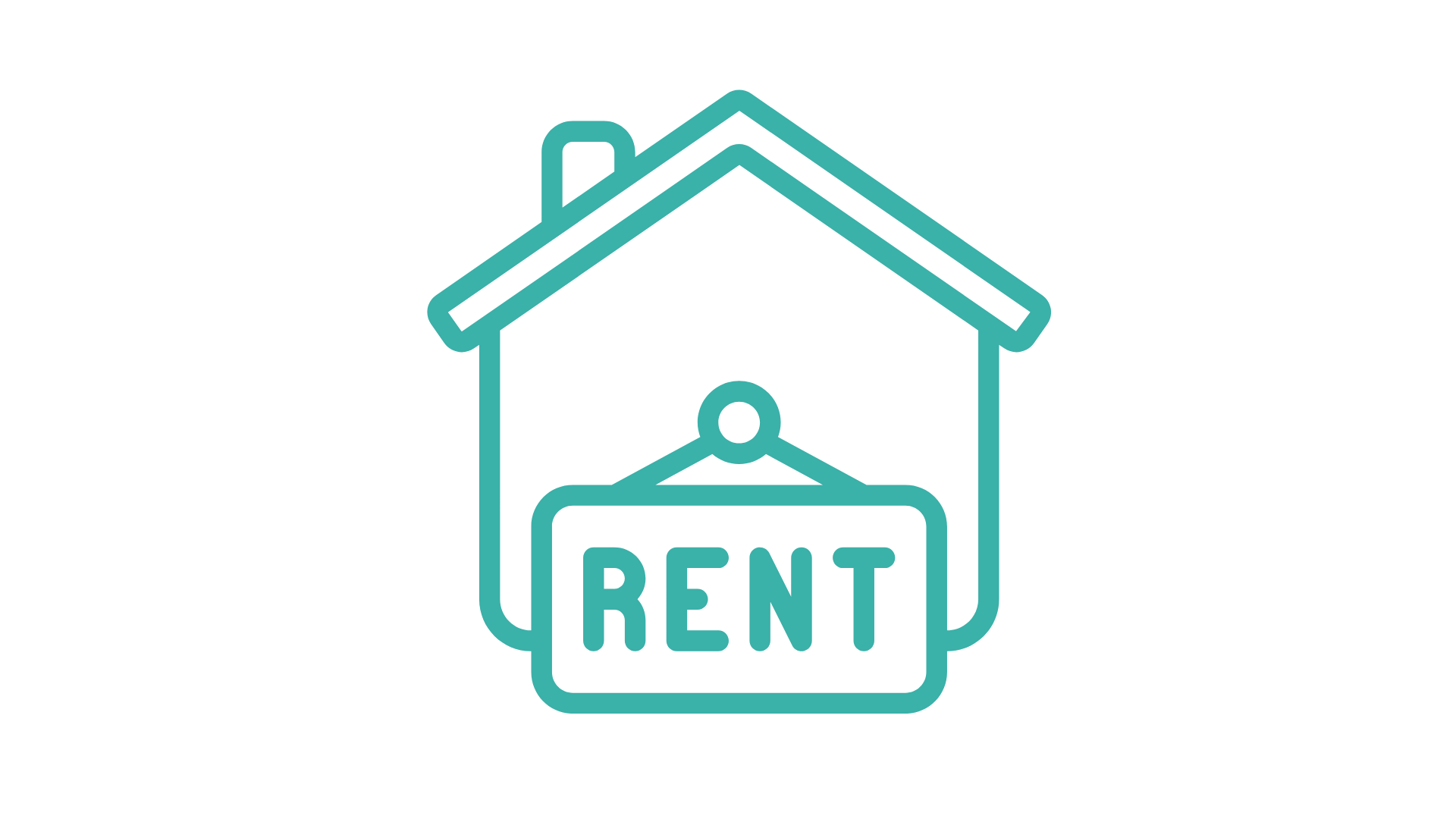Parental leave is a solution introduced to the Labor Code to enable new parents to care for their newborn child. Thanks to this, both the mother and the father of the child can use this time to celebrate the arrival of a new family member and focus on building bonds. However, in order to take parental leave, it is necessary to use maternity leave first. What exactly are the rules determining the length of parental leave? What has changed in 2023 regarding parental leave? These are important issues for employers who must complete a number of HR formalities related to employees who take this type of leave.
Parental leave – what is it?
Parental leave is an employment right available to people employed under an employment contract. The legislator provided for the possibility of using parental leave by each of the child's parents - regardless of gender. Thanks to such solutions, people who have just become parents and welcomed a new family member into the world can use their days off to personally care for and build a bond with their child.
[accounting_banner]
The period of parental leave is predetermined in the Labor Code and usually depends on the number of children born during one delivery and on the child's health condition. This type of leave can be taken immediately after maternity leave and after receiving benefits under the terms of maternity leave. What is also important is the fact that fathers can also take weeks of parental leave. This is a step towards equal treatment of fathers, who in some cases were deprived of the opportunity to stay at home with their children. Adoptive parents can also take parental leave.
However, the condition for the possibility of using parental leave in the amount entitled to it is an employment contract under which the employee must be employed for at least 6 months and the payment of sickness insurance contributions.
Differences – parental leave and maternity leave
Many people mistakenly consider these two concepts to be identical. Parental leave is not the same as maternity leave. It is worth noting, however, that although these two leaves are covered by maternity benefits, they differ in the percentage of remuneration paid during the leave. Additionally, we can also note a significant discrepancy between the duration of maternity leave and parental leave. What's more, the rules on parental leave also include information about the right to use 9 weeks of leave, which cannot be transferred to the other parent. In many cases, they are used by the child's father.
It is also worth noting that both of these leaves are related to each other and most often take place one after the other so that the parent can stay at home with the newborn and not use nurseries or nannies, which often generates additional, high costs.

Changes in parental leave 2023 – from when?
On April 26, 2023, changes regarding the length of parental leave came into force. They are related to the EU directive implemented in all Member States. The aim of the changes is to follow the trend of work-life balance, i.e. a way of organizing work that allows you to simultaneously combine your professional career with a successful personal and family life. Employers and employees across the European Union have welcomed changes to parental leave as a good way to maintain employment while taking time to care for a newborn.
The date of entry into force of the transitional provisions related to the EU directive means that several hundred thousand employees have already taken full or partial parental leave to the extent they are entitled to. Simultaneously this means that employers had to adapt to a new situation related to the longer absence of employees from the company, which may involve, among other things, the need to find a replacement. In such cases, it is worth using comprehensive ones online accounting services. Such permanent cooperation with the accounting office and online tax advice is currently a popular and convenient form of accounting in a company. It is also invaluable help in situations of statutory and legal changes - as in the case of changes in the Labor Code for parents.
What are the changes in the Labor Code for parents?
Many people - both employees and employers - wonder what specific changes have occurred in leave law related to the introduction of the EU directive. First of all, parental leave was extended. So far, the duration of parental leave was:
- 32 weeks of parental leave in the event of the birth of one child at one delivery,
- 34 weeks of parental leave in the event of the birth of more than one child at one delivery.
Changes in parental leave have extended the period of parental leave by 9 weeks. Ultimately, this means that before and now, the final amount of parental leave depends on the number of children.
Currently, parental leave is:
- 41 weeks of parental leave in the event of the birth of one child at one delivery,
- 43 weeks of parental leave in the event of the birth of more than one child at one delivery.
Moreover, the so-called changes in paternity leave. The main point is to introduce 9 weeks of leave, which means that each parent will be entitled to 9 weeks of parental leave. Although these changes are not addressed only to fathers, it is recognized that the period of maternity leave belongs primarily to the mother, and fathers can take an additional 9 weeks of parental leave. Ultimately, this is intended to reduce inequalities in the division of household duties and to equalize opportunities on the labor market.
Changes in parental leave 2023 – what else?
However, these are not all changes in leave law. Employees who became parents and were also granted the "For Life" certificate also received a longer period of parental leave, which is as follows:
- 65 weeks in the case of the birth of one child at one delivery,
- 67 weeks if more than one baby is born at one delivery.
But what is “For Life”? This is a certificate confirming a severe and irreversible disability or an incurable disease that threatens the child's life, which occurred during the prenatal period of the child's development or during childbirth.
Another change is the fact that both parents of a child are entitled to the total amount of parental leave, but the entire period of parental leave cannot be used by only one parent. The previously mentioned right to 9 weeks of undivided parental leave also means that, for example: the child's mother cannot assign the entire parental leave to herself. They can use 32 weeks, while the remaining 9 must be transferred to the other parent if employees want to use the full amount of parental leave.
Moreover, the change in parental leave also applies to simplified rules for granting and scheduling days off. From now on, employees can use parental leave in 5 parts until the child turns 6.

Maternity benefit and parental leave
Parental leave for parents of a newborn child involves receiving remuneration in a modified form - it is a maternity benefit. However, for the period of maternity leave, the employee receives a benefit in the amount of 100% of remuneration, which is slightly different from the amount of the benefit received during parental leave, which is:
- 70% remuneration for the entire period of parental leave,
- 81.5% for the basic period of parental leave, provided that the mother must submit an application to the employer or ZUS within 21 days after giving birth for payment of maternity benefit for the period of maternity leave and parental leave. However, please remember that the maternity benefit for 9 weeks of parental leave due to the other parent is already in the amount of 70% of remuneration.
New regulations and employers
The right to parental leave in greater amounts than before and, at the same time, to maternity benefits calculated according to the new rules is a big challenge for employers. It should be noted, however, that the transitional provisions themselves contain many inaccuracies that make it difficult for employers to approach the matter reliably. Comprehensive information will be helpful so that the entrepreneur can fully fulfill his obligations and properly approach the submitted applications HR and payroll services. Our specialists from Open Profit offer not only help in setting up a company, but also support in conducting current accounting and HR and payroll matters.
Contact us!
FAQ:
- What is parental leave?
Parental leave is a right granted by law to employees employed under an employment contract, which concerns the possibility of using several dozen weeks of leave to take care of a newborn child on their own.
- What changes will take place in parental leave in 2023?
The EU directive increased the length of parental leave by 9 weeks. Currently, it is 41 or 43 weeks, depending on the number of children born at one delivery. In addition, the changes concern, among others:
- introduction of 9 weeks of non-transferable leave,
- possibility of dividing the holiday into 5 parts.


